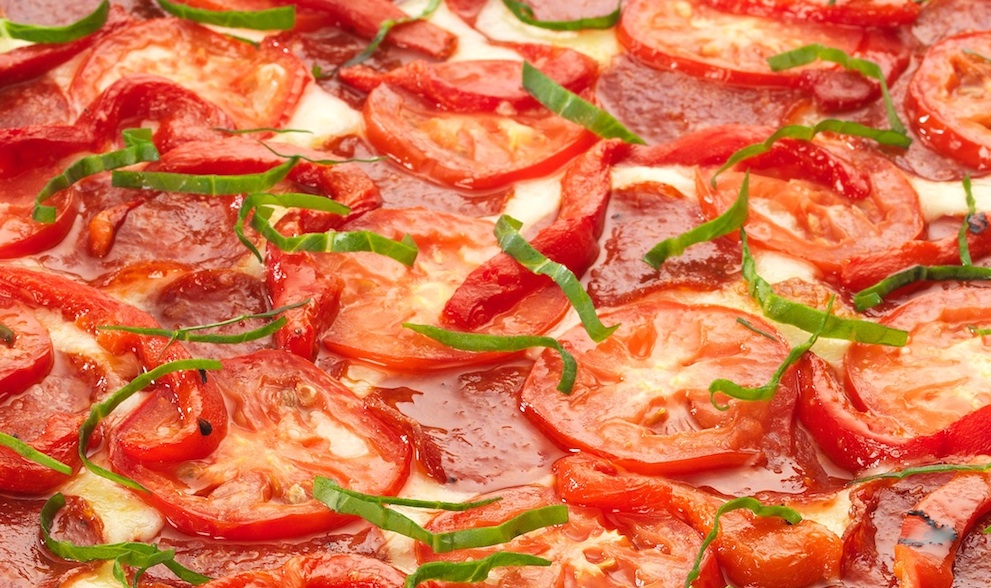Michele:
This from Wikipedia-
Dining
Main article: Roman cuisine
Since the beginning of the Republic until 200 BC, ancient Romans had very simple food habits. Staple food was simple, generally consumed at around 11 o’clock, and consisted of bread, salad, olives, cheese, fruits, nuts, and cold meat left over from the dinner the night before. Breakfast was called ientaculum, lunch was prandium, and dinner was called cena. Appetizers were called gustatio, and dessert was called secunda mensa (or second table). Usually, a nap or rest followed this.
The family ate together, sitting on stools around a table. Later on, a separate dining room with dining couches was designed, called a triclinium. Fingers were used to take foods which was prepared to be handled with fingers beforehand and spoons were used for soups.
Wine was considered a staple drink, consumed at all meals and occasions by all classes and was quite cheap; however, it was always drunk mixed with water. This was the case even during explicit evening drinking events (comissatio) where an important part of the festivity was choosing a arbiter bibendi (Judge of Drinking) who was, among other things, responsible for deciding the ratio of wine to water in the drinking wine. Wine to water ratios of 1:2, 1:3, or 1:4 were commonly used. Many types of drinks involving grapes and honey were consumed, as well. Mulsum was honeyed wine, mustum was grape juice, mulsa was honeyed water. The per-person-consumption of wine per day in the city of Rome has been estimated at 0.8 to 1.1 gallons for males, and about 0.5 gallons for females. Even the notoriously strict Cato the Elder recommended distributing a daily ration of low quality wine of more than 0.5 gallons among the slaves forced to work on farms.[citation needed]
Drinking non-watered wine on an empty stomach was regarded as boorish and a sure sign of alcoholism whose debilitating physical and psychological effects were already recognized in ancient Rome. An accurate accusation of being an alcoholic—in the gossip-crazy society of the city bound to come to light and easily verified—was a favorite and damaging way to discredit political rivals employed by some of Rome's greatest orators like Cicero and Caesar. Prominent Roman alcoholics include Mark Antony, Cicero's own son Marcus (Cicero Minor) and the emperor Tiberius Claudius Nero whose soldiers gave him the unflattering nickname Biberius Caldius Nero (lit. boozer of pure wine, Sueton Tib. 42,1). Cato the Younger was also known as a heavy drinker, frequently found stumbling home disoriented and the worse for wine in the early hours of morning by fellow citizens.
During the Imperial period, staple food of the lower class Romans (plebeians) was vegetable porridge and bread, and occasionally fish, meat, olives and fruits. Sometimes, subsidized or free foods were distributed in cities. The patrician's aristocracy had elaborate dinners, with parties and wines and a variety of comestibles. Sometimes, dancing girls would entertain the diners. Women and children ate separately, but in the later Empire period, with permissiveness creeping in, even decent women would attend such dinner parties.
( I'm guessing you won't be making wine, though....

)
Deb
